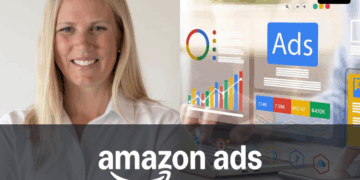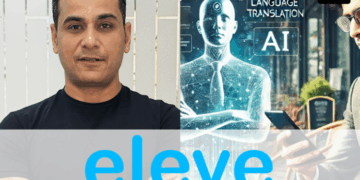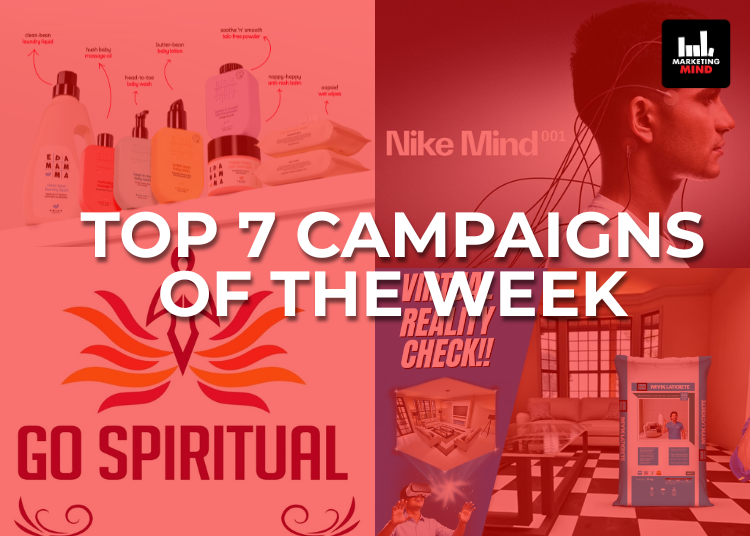Conducted in Delhi after a hiatus of three years, GroupM conducted its annual one-day symposium- BREW 2024 at The Leela Ambience Gurgaon, yesterday. In the first panel discussion of the same, titled- ‘The Future Of Contextual Advertising’, which was moderated by Priti Murthy, President, GroupM, the three panelists- Matthew Drury, APAC Agency Development Lead, Meta; Sandeep Karwa, Vice President, Flipkart Ads Platform; and Laura Quigley, SVP- APAC, Integral Ad Science shared their experiences of dabbling with the same and the road ahead.
That being said, it was only a day before that Google announced its decision to backtrack its plan of eliminating third-party cookies from its widely used browser- Chrome after announcing the commencement and pausing of the same time and again given the growing concerns around data privacy.
Kickstarting the panel discussion, Murthy quizzed the three panelists on how they, as clients, looking at markets like India where data privacy is becoming increasingly important, from a contextual advertising perspective and how are they adapting their strategies for the same in this continuously evolving world of advertising.
Responding to her question, IAS’ Quigley mentioned that contextual advertising is not something which is new but has existed for a long time and the only change that she’s seeing therein is that it has been revolutionised today as marketers today have access to a lot more data and are therefore looking at advertising not just in a particular section, but to know more and more about their consumers.
This growing hunger of marketers to know and understand their consumers better, in her view, leads to one thing- brands being able to make the best advertisements for them at the time.
“The biggest change, even with the way that third party cookies are staying around, is the rise in consumer privacy, because eventually marketers will have to figure out their first party data approach as the world will eventually lean into a place where third party cookies will cease to exist,” she said.
Picking from here, Flipkart Ad Platform’s Karwa shared his POV from both an advertiser’s lens as well as a consumer lens as Flipkart as a platform deals with both.
“From an advertiser’s lens, Google’s decision of retaining third party cookies on Chrome doesn’t really matter because the world of contextual advertising is extremely important, globally as well as in India, a country which consists of multiple Indias in itself. Hence, the context to every penny that an advertiser spends is what keeps one away from stray and play and is therefore of utmost importance,” he said.
Delving further, he also pointed out that contextual advertising is today becoming all the more relevant due to the pressure on bottom lines of companies and also because there’s a finite real estate that one has a platform, from a legal standpoint.
“When you have a finite real estate, the questions that marketers deal with are- What do you do with it and how much organic and inorganic content do you put there. These questions are the ones which we face almost everyday and hence, contextual advertising helps us in multiple ways,” he emphasised.
To explain the same, he also shared an example wherein users see 7 products when he/she searches for something on Flipkart in the very first screen and of that if 3 are absolutely irrelevant, then it is nothing but a wastage of the platform’s real estate and that’s where contextual advertising comes into play.
Furthermore, Meta’s Drury also shared the opinion that data is just a part or ingredient of what is needed to provide advertisers with solutions, and not the whole piece or anchor in the entire gamut of people and companies marching towards privacy.
“In this entire scheme of things, while decent media setups will need to be as relevant as they’ve always been, what will also play an important role going forward is creative setups and the creative diversity that they can offer. I don’t think we should get too much focused on people as just standalones, but we should be looking at first party data from a POV of exploring partnerships and leveraging machine learning,” he said.
Giving a bit of a prelude to what contextual means, he recalled that when he worked as a media planner in the past, he looked at ‘contextual’ as something static that will go in the lifestyle section or fashion section for example and then made something creative within those areas.
But today, that has changed and ‘contextual’ has become more fluid and hence, his advice from Meta’s POV to marketers and advertisers, would be to fuel their campaigns with the best value data and ensuring a right campaign set up with right partners first and then give it the freedom to find the right context and customer because creative contextual targeting is going to become the new target.
“We’re encouraging media agencies to play a lot more role in immersion of creative elements and maximize aggregation because that’s going to be a really important part of marketing going forward,” he said.
Taking the discussion forward, GroupM’s Murthy raised the question that while Dynamic Creative Optimization is one of the strategies that are getting deployed, what other strategies can one implement for amplifying contextual advertising for the next generation?
Responding to this, Meta’s Drury pointed out that one of Meta’s flagship products- Advancing suite is currently leveraging creative diversity and the other element that the company is currently witnessing a rapid growth in Australia and India is superior creator content usage in terms of how to use a product versus a global asset.
Adding to this, Flipkart Ad platform’s Karwa stated that if one looks at the funnel globally, it is evident that retail is mainly looked upon as a performance aspect as there are consumers who come with an intent and lead to conversions if they find the right fit for themselves. However, at Flipkart, what he’s witnessing is that interest is coming from across the funnel.
That being said, he also shared the viewpoint that it is the bottom line of the funnel which is the easiest because one already gets a lot of context of the user from there owing to the actions they’ve taken on the platform. But what’s the most exciting part of this from an advertising perspective is that because of the actions that users take, the e-commerce major gets a lot of bulky data which helps it to know what kind of affluence they are coming from, what device they are firing it from, etc. and that’s precisely where customer affluence is put over the material that is put in with a context.
“This is the part where we say it’s the most exciting as it is exactly where every campaign, which has a high level of context and that too with an additional flavour of packaging- cross category,” he said.
To explain the same, he mentioned a real life example wherein a sports brand aiming to launch an infant wear keeping in mind the theme of Independence Day approached them to launch a couple ads, including video formats, specifically targeted to the users who are searching diapers on the internet.
Sharing her take here, IAS’ Quigley stated that it is widely known that video is on the rise from a contextual advertising perspective, but what she’s also starting to see is deeper and richer data at a frame by frame level via technology to really understand what’s happening at a frame-by-frame level. And that, in her view, makes it more interesting from a contextual standpoint, to understand the bits of video and utilize that against the timing purposes of the future.
“When it comes to contextual advertising, we are still in a space of modern business where we are seeing that it is being compared to third party cookies and that there is a need and a want for return on investment, but even so, there is a place for contextual to do all of that throughout the funnel from a branding perspective. We have seen instances where the ROI for a luxury automotive brand was 4% higher with contextual targeting than the money we probably would’ve spent on targeting via third-party cookies,” she elaborated.
















